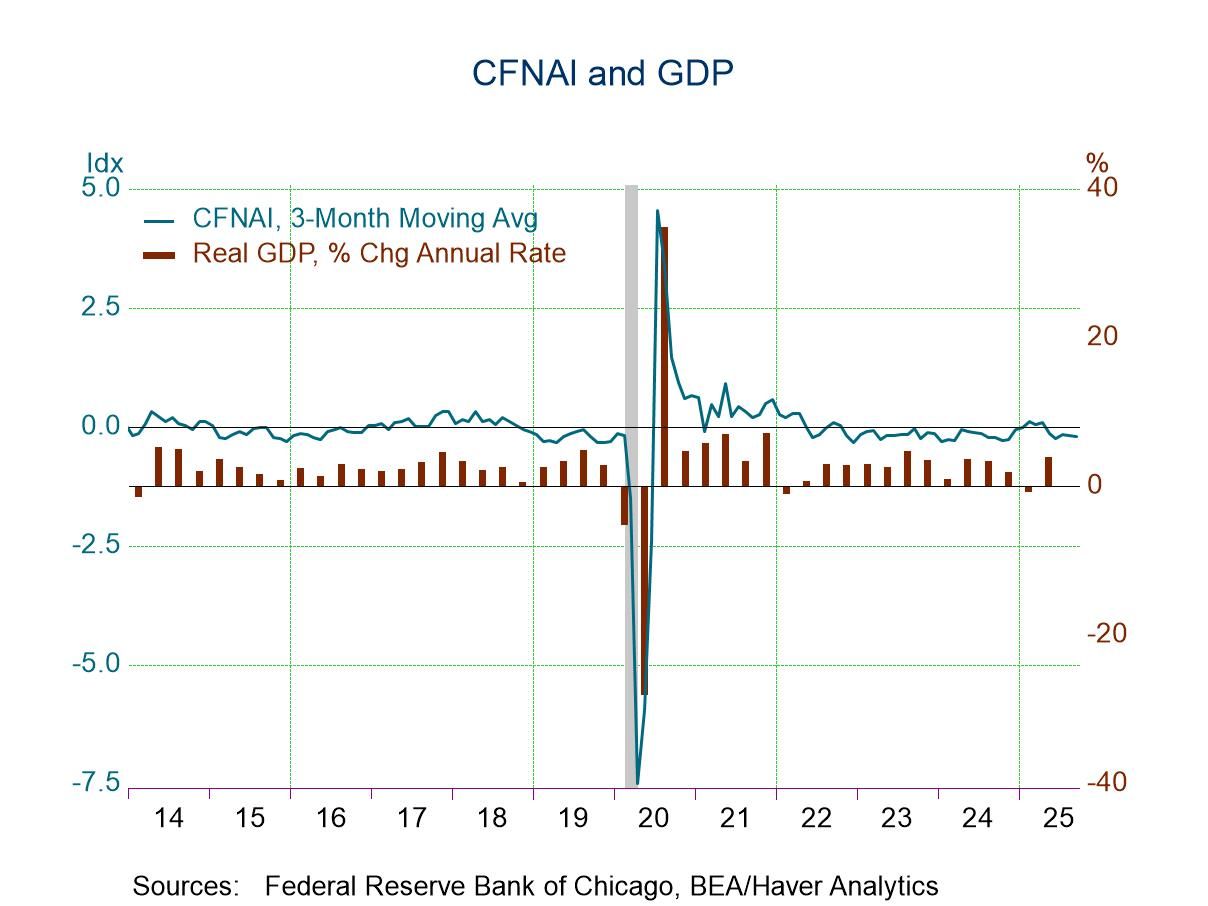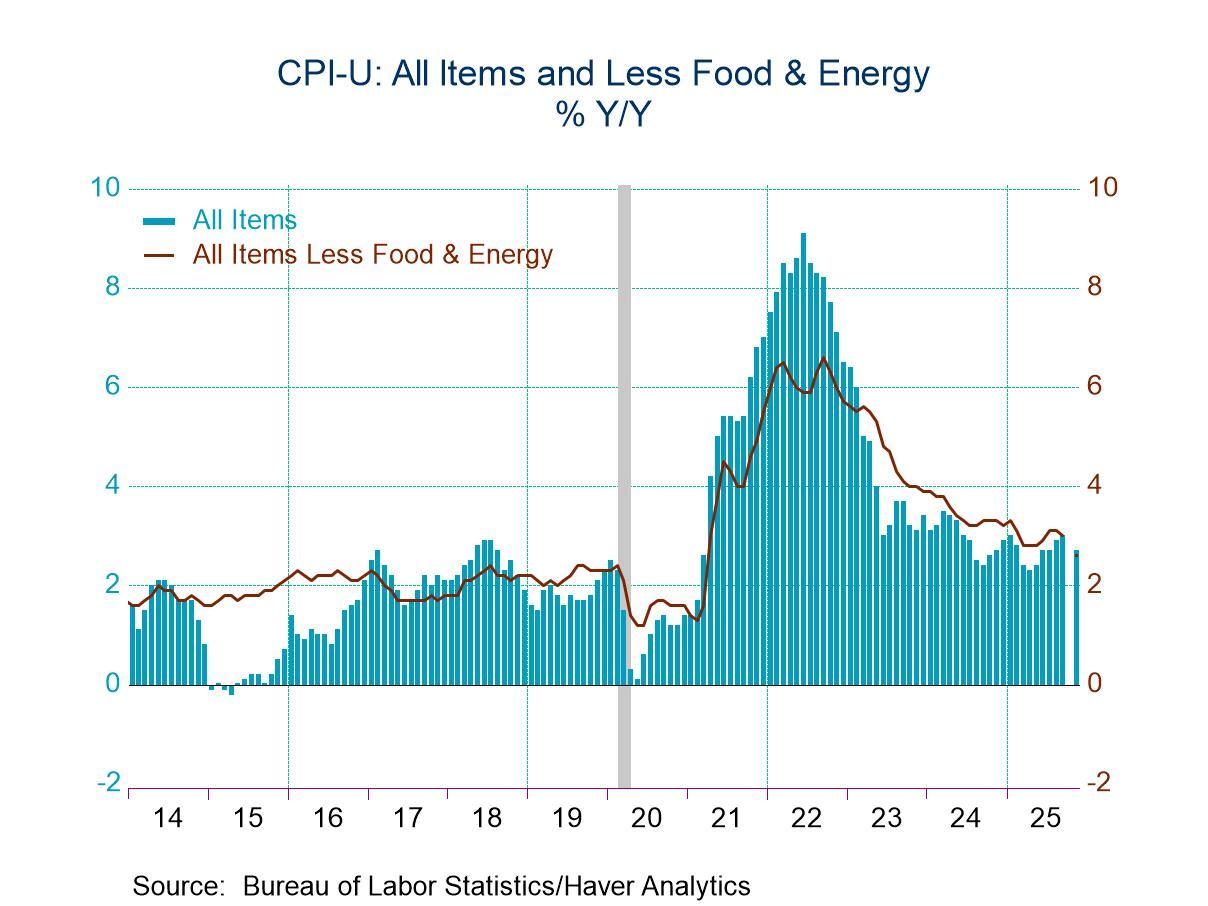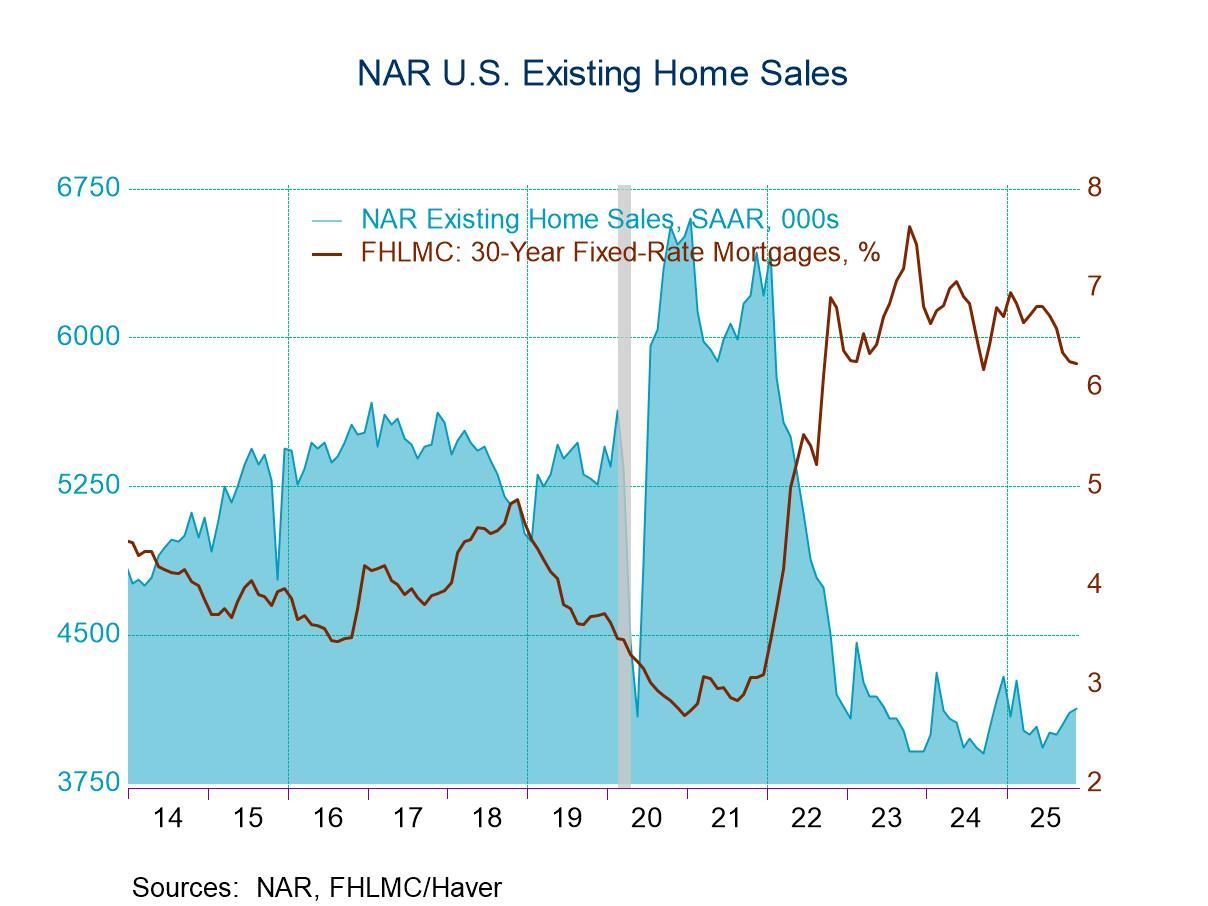Japan’s PPI Shows Inflation Slowing

Japan’s PPI in April edged higher, rising by 0.1% month-to-month. For all manufacturing, the PPI stepped back and declined by 0.4% month-to-month. Both of these follow stronger increases in the previous months.
Still, these headline PPI shows a gain of 4.1% over 12 months, an expansion pace of 3.9% annualized over six months and a gain over three months at an annual rate of 3.6%, a steady, but moderate, deceleration for inflation.
Manufacturing prices rose by 2.3% over 12 months and accelerated slightly to an annualized pace of 2.6% over six months before slipping into low gear and rising at just a 1.6% annual rate over three months.
Japan’s CPI also decelerates on this sequential timeline, but with a hump in the middle after accelerating over six months. The U.S. PPI has that same profile. Japan’s core exhibits barebones deceleration; after rising at a 1.6% annual rate over 12 months, it settled into a gain of 1.5% annualized over both three months and six months. Producer prices in the EMU show ongoing declines with a lesser decline over six months, then, a greater pace of decline over three months, at -5.5%.
These comparisons reveal a rather broad-based trend for inflation to ease and weaken, especially over the recent three months.
A big part of inflation going weak over three months is oil prices. Oil prices (Brent) fell by 17.9% in April. They also fell at a 54.4% annual rate over three months, a 25.2% pace over six months, and at 28.2% over 12 months. Falling energy prices, especially if they fall long enough and sharply enough, get into the pricing system and have an impact beyond headline prices. We are seeing that on global basis, right now.
U.S. and EMU PPIs as well as Japan’s PPI and manufacturing prices all show positive correlations ranging from 0.37 to 0.53 with Brent prices with both series expressed as year-on-year percentage changes. Japanese CPI prices, however, show negative correlations between energy prices and headline core inflation rates, -0.15 to -0.37.
One month in the second quarter data show U.S. and PPIs revealing declines in prices along with Japan’s manufacturing price index. In this nascent quarter, Brent prices are edging lower at a 0.2% annualized rate. Still, Japan’s CPI is rising at a 1.4% annual rate and the core at a 1.7% annual rate as Japan’s CPI continues to resist the siren call of lower prices from the Brent index.

The Bank of Japan has been on a mission to tighten rates. But the global environment offers a lot of choice, making policy decisions more treacherous. The U.S. and Japan are deep into talks about tariffs. President Trump reports that the U.S. and China have reached a deal about Chinese rare earth minerals and other matters of interest to China. In the U.S. today the CPI failed to light up any inflation signals despite many in markets being on an inflation watch. China has been turning out weak prices showing year-on-year CPI declines. So, the global environment, while perhaps at risk to Trump’s tariffs, is still an uneven place. Moreover, the U.S. appears to be pursuing a policy path designed more to cut deals than to enshrine high tariff revenues. But all this is premature. Trade deals can always blow up at the last minute. For now, global inflation appears to be contained, global growth appears to be weak, and inflation remains broadly contained.
Robert Brusca
AuthorMore in Author Profile »Robert A. Brusca is Chief Economist of Fact and Opinion Economics, a consulting firm he founded in Manhattan. He has been an economist on Wall Street for over 25 years. He has visited central banking and large institutional clients in over 30 countries in his career as an economist. Mr. Brusca was a Divisional Research Chief at the Federal Reserve Bank of NY (Chief of the International Financial markets Division), a Fed Watcher at Irving Trust and Chief Economist at Nikko Securities International. He is widely quoted and appears in various media. Mr. Brusca holds an MA and Ph.D. in economics from Michigan State University and a BA in Economics from the University of Michigan. His research pursues his strong interests in non aligned policy economics as well as international economics. FAO Economics’ research targets investors to assist them in making better investment decisions in stocks, bonds and in a variety of international assets. The company does not manage money and has no conflicts in giving economic advice.






